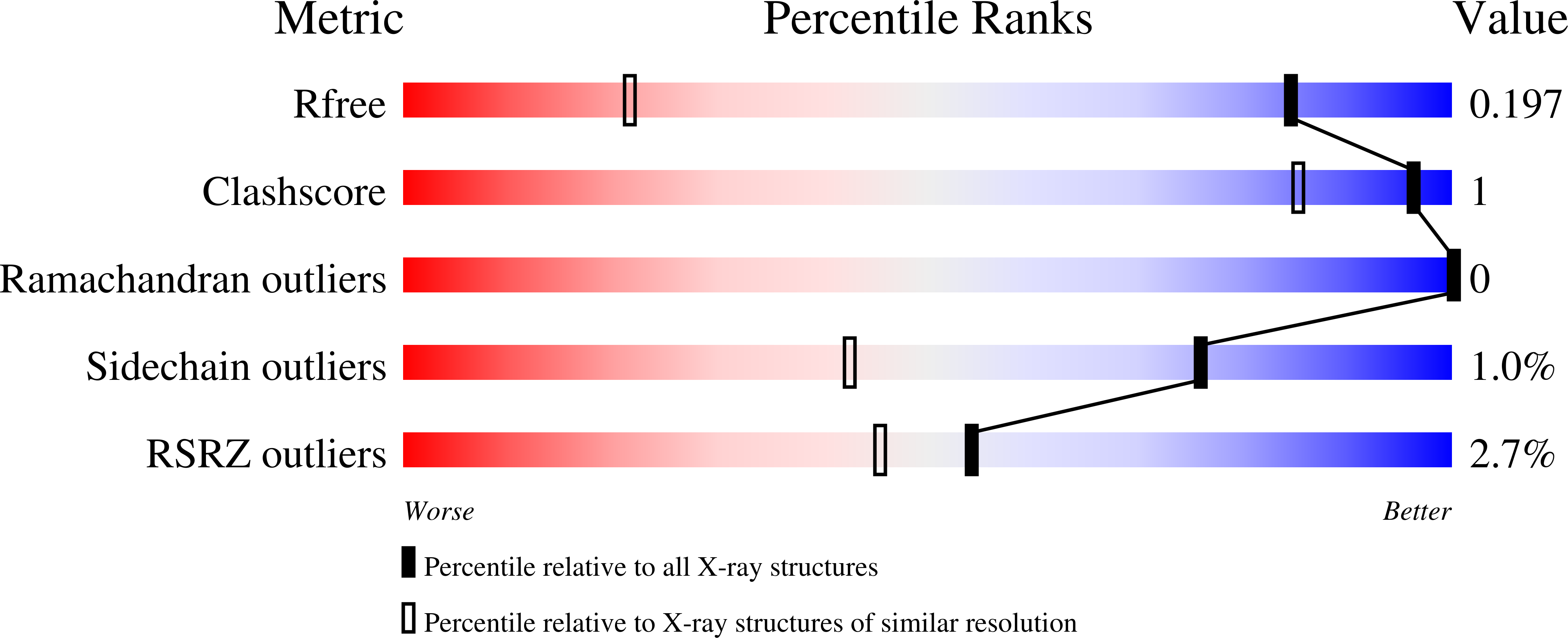
Deposition Date
2020-10-02
Release Date
2020-12-30
Last Version Date
2024-03-06
Entry Detail
PDB ID:
7KBG
Keywords:
Title:
Structure of Human HDAC2 in complex with a 2-substituted benzamide inhibitor (compound 20)
Biological Source:
Source Organism:
Homo sapiens (Taxon ID: 9606)
Host Organism:
Method Details:
Experimental Method:
Resolution:
1.26 Å
R-Value Free:
0.19
R-Value Work:
0.18
R-Value Observed:
0.18
Space Group:
P 21 21 21


